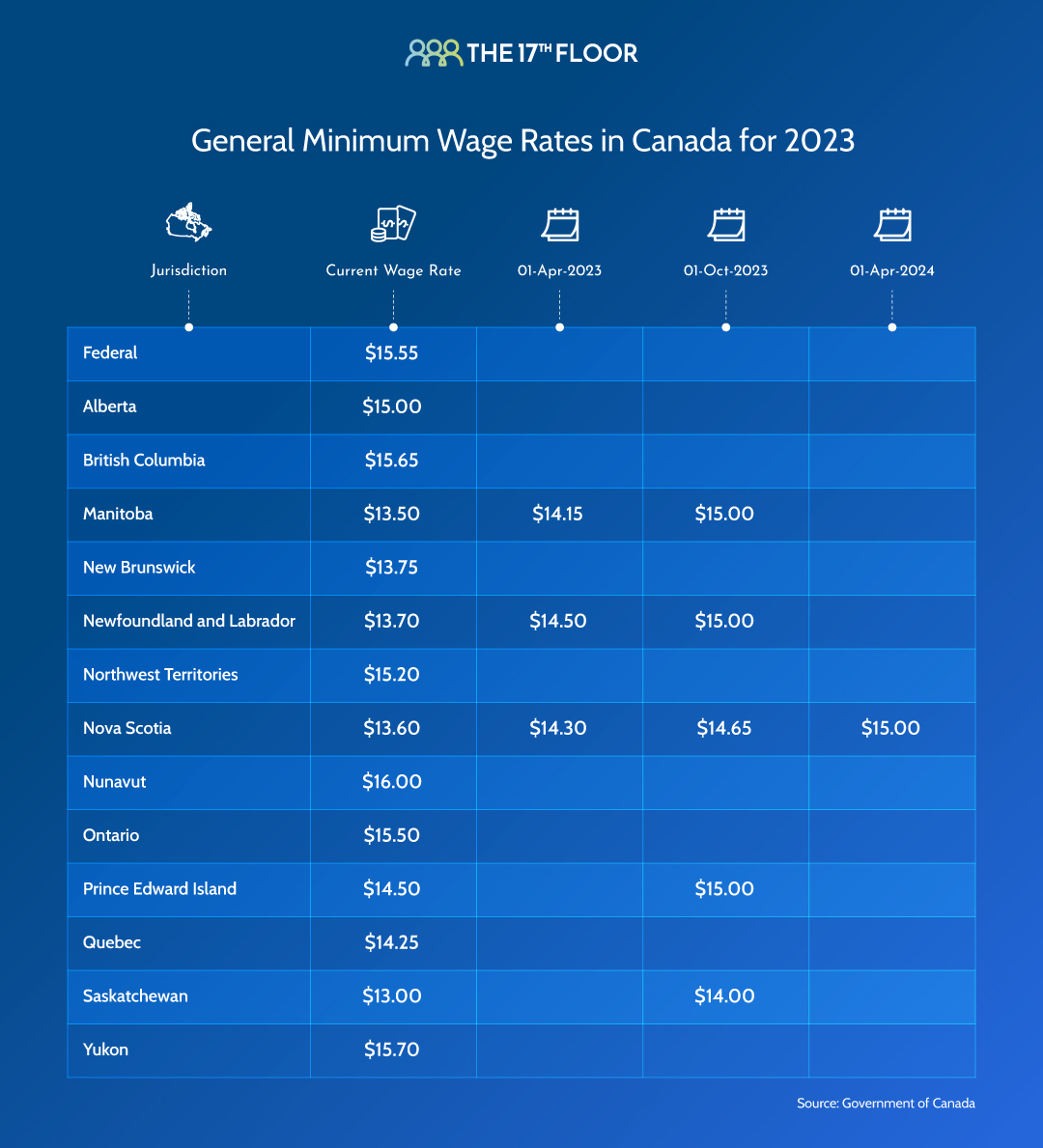A 5-Step Guide to Ensure Payroll Compliance

Payroll compliance refers to the process of ensuring that a company adheres to all relevant laws and regulations when paying its employees. In Canada, this involves following the requirements set by the Canada Revenue Agency (CRA) and Employment Standards Act (ESA) in each province and territory.
The CRA is responsible for collecting taxes and administering programs such as Employment Insurance (EI) and the Canada Pension Plan (CPP). Employers must withhold these amounts from their employees’ paycheques and submit them to the CRA regularly. They must also provide employees with a T4 slip at the end of each year, which summarizes their total income and deductions for the year.
The ESA sets the minimum wage standards, work hours, and other employment conditions in each province and territory. This includes minimum wage rates, overtime pay, and vacation pay entitlements. Employers must abide by these standards and provide their employees with written notice of their terms of employment, including their rate of pay and any deductions.
How to Ensure Payroll Compliance?
1. Stay Up-to-Date with Payroll Regulations
Keeping up with changes to Canadian payroll regulations is essential. Organizations should regularly check the websites of relevant government agencies to ensure they are aware of any updates or changes.
2. Accurate Record Keeping
Organizations must maintain accurate records of all payroll transactions, including employee salaries, deductions, and benefits. The CRA requires organizations to keep records for six years, so it’s important to have a system in place to keep records up-to-date and easily accessible.
3. Proper Classification of Employees
Organizations must accurately classify employees as either employees or independent contractors to ensure compliance with tax laws and employment standards. Misclassification can result in significant financial penalties, so it’s vital to seek professional advice if there is any uncertainty.
4. Timely Reporting and Remittances
Organizations must report and remit all required payroll deductions, including Employment Insurance (EI), Canada Pension Plan (CPP), and taxes to the appropriate government agencies on a timely basis. Late or incorrect remittances can result in financial penalties, so it’s essential to have a reliable system in place to ensure compliance.
5. Compliance with Employment Standards
Organizations must adhere to the employment standards set out by the province or territory in which they operate. This includes minimum wage, overtime pay, and paid vacation entitlements. It’s essential to regularly review the employment standards to ensure compliance and make any necessary changes to payroll practices.
Payroll compliance is a critical part of running a business in Canada. Employers must follow the requirements set by the CRA and ESA to ensure that they are paying their employees fairly and in accordance with the law. If you need extra help with your payroll compliance process, don’t hesitate to check the National Payroll Institute’s free payroll compliance-related resources.
Are you subscribed to any newsletter to keep up with payroll news to ensure payroll compliance in your daily work? Share it with fellow colleagues in the comments below.
Sources:








